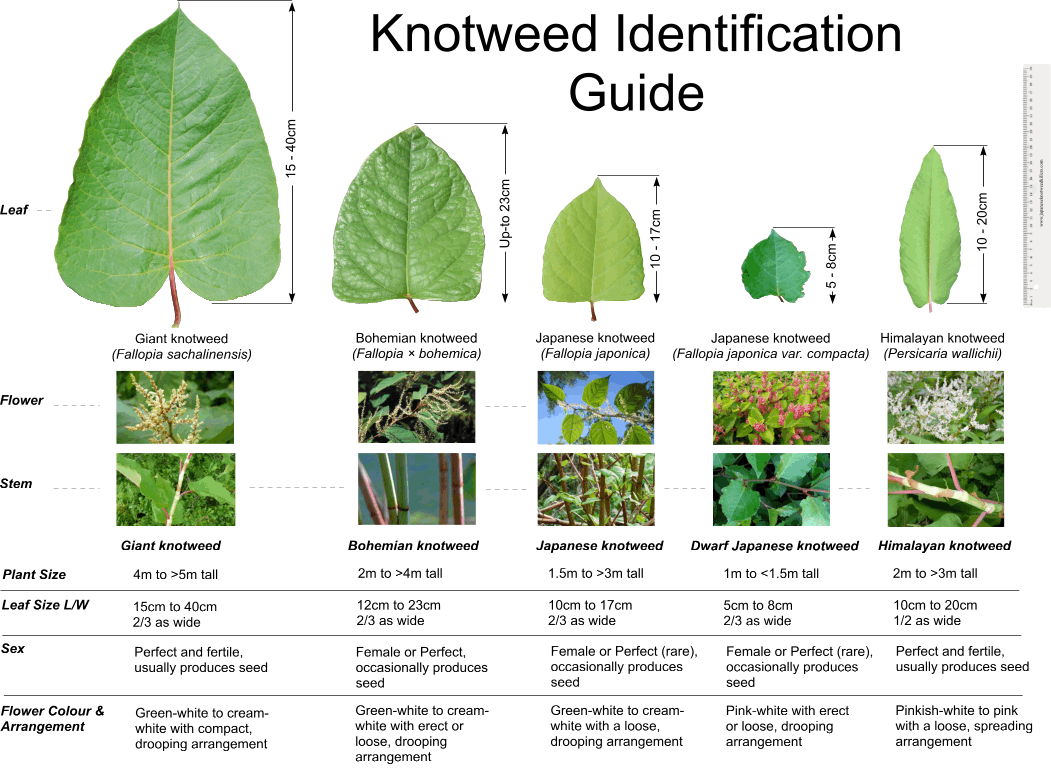

Ireland: Kerry - Dublin - Cork - Waterford - Roscommon - Galway - Belfast
UK: London - Manchester - Newcastle - Cardiff - Liverpool


Giant knotweed - Invasive Species Information

What Is Giant knotweed - (Fallopia sachalinensis)?
Habitat: Terestrial
Distribution in Ireland: Abundant in some areas
Status: Established
Family name: Polygonaceae
Reproduction: Strong, extensively spreading rhizomes form large clonal colonies.
The species is gynodioecious, with male and female (male sterile) flowers on separate plants.

Giant knotweed growing through tarmac
Giant knotweed is a species of Fallopia native to north eastern Asia, northern Japan and the far east of Russia it was introduced to Ireland by gardeners and now resides in most counties across Ireland. It is identified by the leaves which are some of the largest in the family, up to 15–40 cm long and 10–28 cm broad.
Giant knotweed is a herbaceous perennial plant. The flowers are small, produced on short, dense panicles up to 10 cm long in late summer or early autumn and grows to 4 meters high.
It is invasive and the impacts on the environment are significant.
The species is closely related to the Japanese knotweed - Fallopia japonica, and can be distinguished from it by its larger size with a smooth edged, elongated heart-shaped leaf, with a slight wavy, crenate margin.
How To Identify Giant knotweed?

Giant knotweed stems

Knotweed leaf size & shape comparison
Leaf: Large elongated heart shaped mat green appearance, with smooth edge
Flower: Small creamy/white flower
Stem: Hollow, mostly green with red banding
Size: Plant can grow to over 4 metres tall


Why Is Giant Knotweed A Problem?
Giant knotweed has a wide-ranging root system, which can extend up to 3m in depth and 7m in all directions.
These can pose a serious threat to construction works and have devastating consequences to building structures, foundations and drains.
Structural damage caused by untreated Giant knotweed can cause tens of thousands of euro's to rectify
Giant knotweed flower
Giant knotweed leaf

Giant knotweed - Fallopia sachalinensis ID Guide
European Communities (Birds and Natural Habitats) Regulations 2011 non-native invasive plant species A-Z (Updated 2017)
There are currently 35 invasive plant species listed in the European Communities (Birds and Natural Habitats) Regulations (annex 2, Part 1)...
Click on a species from the following list to find out more regarding non-native species subject to restrictions under Regulations 49 and 50.
-
American Skunk-Cabbage - Lysichiton americanus
-
Waterweeds - Elodea (all species)